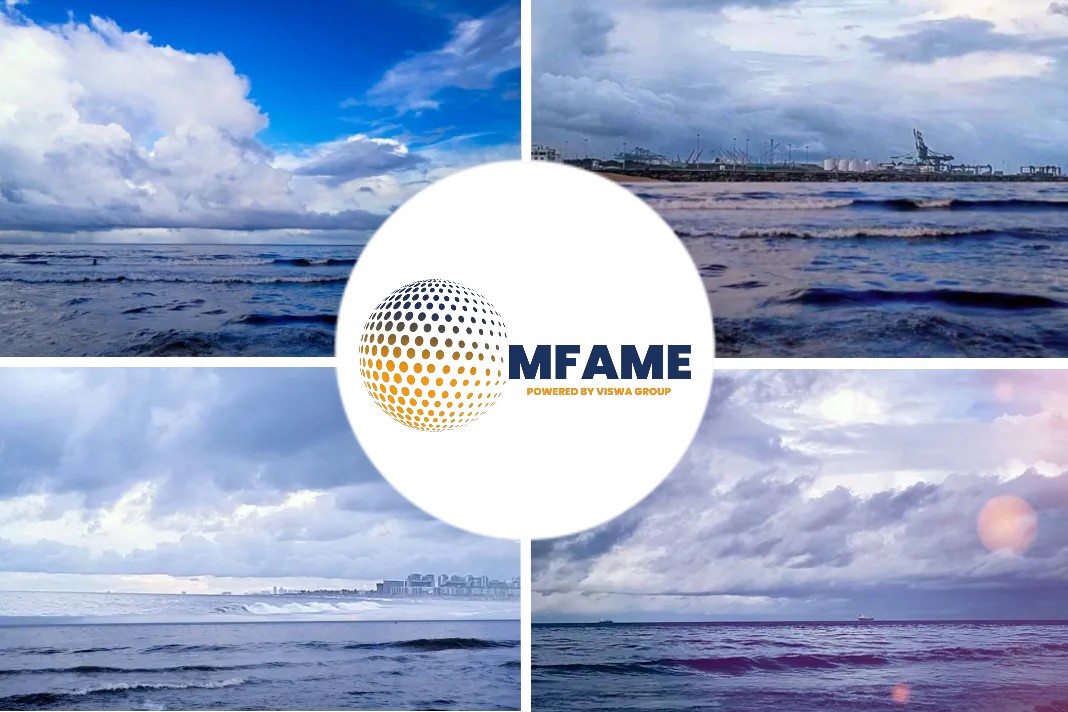
CMA CGM, a leader in the sector, is proactively addressing the implications of the European Union’s Emissions Trading System (EU ETS) on shipping operations. This article provides insights into how the EU ETS impacts the industry and how CMA CGM is navigating these changes while supporting customers in their sustainability endeavors. The cma-cgm source.
- CMA CGM addresses the EU Emissions Trading System (EU ETS) impact on shipping, extending carbon pricing to incentivize sustainability in the maritime industry.
- EU ETS, designed to combat global warming, will apply to shipping from January 1st, 2024, with phased emissions reporting and allowances conversion requirements.
- CMA CGM introduces a surcharge to manage EU ETS-related costs, fostering transparency and supporting customers in their decarbonization efforts.
A Global Concern
Climate change is a pressing global issue, and the shipping industry plays a crucial role in the collective effort to reduce greenhouse gas emissions. CMA CGM’s commitment to decarbonization and sustainability is at the forefront of their operations, aligning with global objectives and legislative frameworks.
EU Emissions Trading System
The European Union’s Emissions Trading System (EU ETS) is a pivotal component of the EU’s ambitious goals to combat global warming. Established in 2005, this cap-and-trade system places a maximum limit on greenhouse gas emissions, with companies required to purchase allowances based on their emissions. As part of the EU’s commitment to carbon neutrality, the EU ETS is being extended to the shipping sector, aiming to incentivize environmental responsibility and the adoption of low-carbon fuels.
Implications for Shipping Lines and Customers
From January 1st, 2024, shipping lines will be subject to EU ETS regulations, with mandatory emissions reporting and allowances purchase. This initiative will apply to maritime services involving at least one EU port call, with varying percentages of emissions considered for different legs of the journey. The phased approach to allowances conversion will commence in 2024 and reach full conversion by 2026. Final details, such as the list of transshipment ports, are yet to be determined.
Addressing the Cost Implications
Carbon pricing is a significant step towards reducing shipping’s carbon footprint and fostering supply chain sustainability. To provide transparency and manage added costs associated with the EU ETS, CMA CGM will introduce a surcharge for containers loaded on services impacted by the regulation. This surcharge, calculated based on the current market value of carbon allowances, will be shared with customers mid-November and may be subject to periodic review in response to evolving regulations and market conditions.
Did you subscribe to our daily newsletter?
It’s Free! Click here to Subscribe!
Source-cma-cgm


















